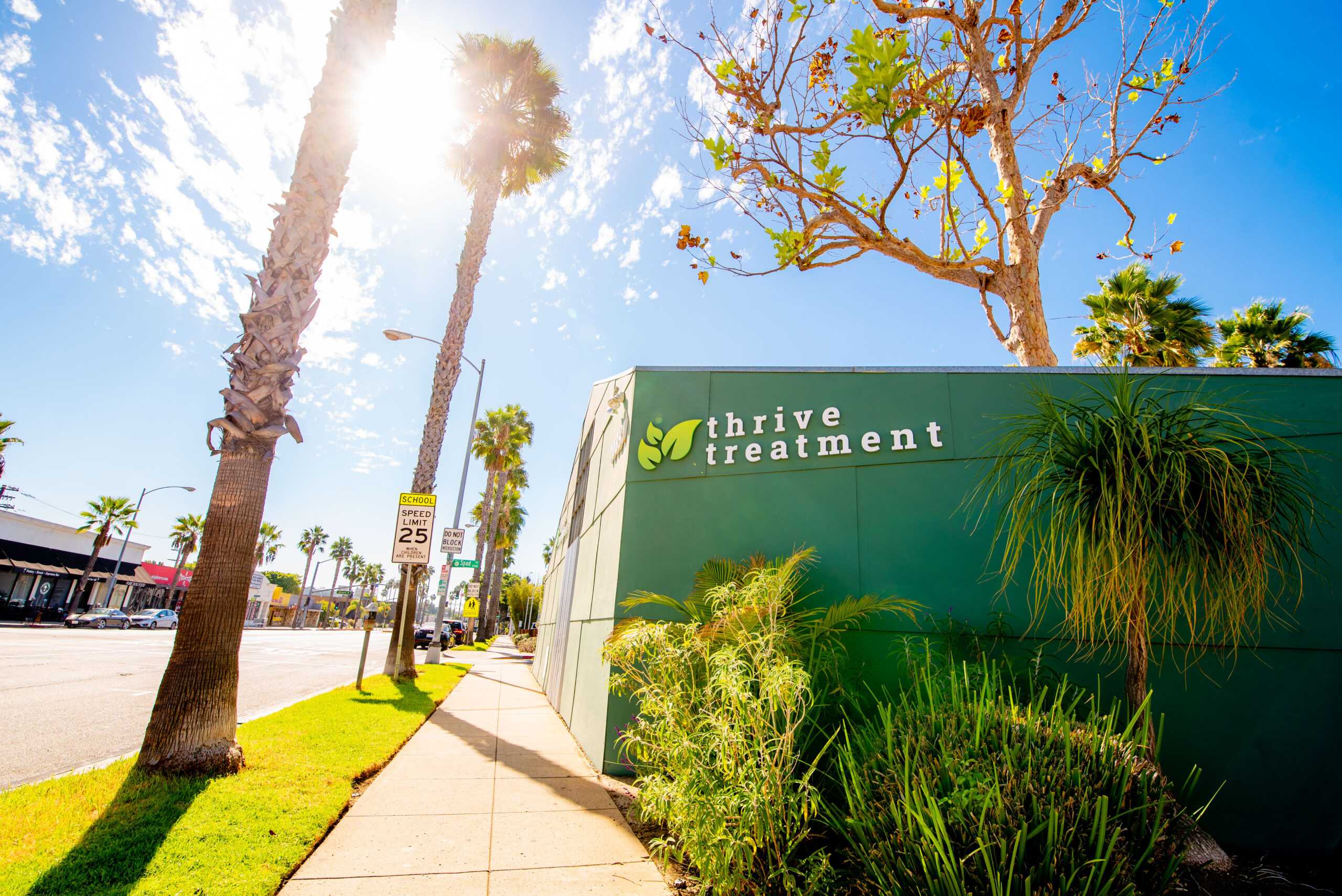At Thrive Treatment, we believe in giving people the tools they need to heal and grow. That doesn’t just mean offering one kind of therapy or focusing on just one area of life. It means using different approaches that work together to support real change. Two of the most important parts of our program are individual therapy and group therapy. While they may seem like totally different experiences, they actually work best when they go hand-in-hand.
Let’s take a look at how these two types of therapy support each other and why we believe both are essential parts of treatment.
What Is Individual Therapy?
Individual therapy is one-on-one time between a client and their therapist. It’s private, personal, and focused completely on you. This is where you can dig deep into what’s going on beneath the surface. Whether it’s past trauma, anxiety, depression, addiction, or just feeling stuck—individual therapy gives you a safe space to explore it.
In individual sessions, you get the time and attention needed to process your life at your own pace. You also build a strong relationship with your therapist, which becomes a foundation for trust and growth. At Thrive, our therapists work with you to uncover patterns, make connections, and find new ways to cope and move forward.
What Is Group Therapy?
Group therapy is different. Instead of one-on-one, you meet in a group setting with other clients who are also in treatment. A trained therapist leads the group and guides the conversation, but the real power of group therapy comes from the connection between the group members.
In group therapy, people share their experiences, struggles, and victories. It’s a chance to be seen and heard by others who truly understand. It’s also a place to practice honesty, vulnerability, and healthy communication in real time.
How They Work Together
Some people wonder why they need both types of therapy. Isn’t one enough? The truth is, each one supports the other. What you talk about in individual therapy can prepare you for deeper sharing in group. And what comes up in group can lead to breakthroughs in individual sessions.
Here’s how they work together at Thrive:
1. Depth and Breadth
Individual therapy allows for depth. It’s where you can explore personal issues in detail. You don’t have to worry about being judged or misunderstood. It’s just you and your therapist working together to understand your story.
Group therapy offers breadth. It gives you a wider view of yourself through the eyes of others. You might hear something in group that makes you think about your own life differently. Or someone else’s insight might help you find words for what you’ve been feeling.
Together, they give you both a deep understanding of yourself and a broader connection to others.
2. Safe Practice for Real Life
Individual therapy is where you learn new skills. Group therapy is where you practice them.
Maybe in individual therapy, you talk about setting boundaries. In group, you get a chance to try it. Maybe you’ve been working on expressing your feelings. Group gives you a space to speak up, be heard, and receive feedback.
This kind of real-time experience is hard to get anywhere else. And the more you practice in a safe setting like group therapy, the easier it becomes in your everyday life.
3. Healing in Relationship
A lot of emotional pain comes from relationships—past experiences with parents, partners, friends, or even strangers. But healing also happens through relationships.
In individual therapy, you heal through the bond with your therapist. It’s a space where you’re accepted exactly as you are.
In group therapy, you heal through the group. You get to see that you’re not alone. You get to be part of something bigger than yourself. And you learn how to show up in relationships in a more honest and open way.
4. Breaking Shame and Building Trust
Many people carry shame—especially those dealing with addiction, trauma, or mental health struggles. Shame keeps people isolated. It tells them they’re not good enough or that no one would understand.
Individual therapy helps you uncover that shame. Group therapy helps you break it.
When you speak your truth in front of others and they respond with support, not judgment, something powerful happens. That old story of “I’m not good enough” starts to fade. You learn to trust others—and yourself.
5. Different Tools for Different Moments
Some days you might need to go deep and talk about something you’ve never said out loud. That’s where individual therapy comes in.
Other days, you might need to sit in a room with others and realize you’re not alone. That’s where group therapy helps.
Having both options gives you flexibility and strength. No matter what you’re facing that day, you have the right kind of support.
What It Looks Like at Thrive
At Thrive Treatment, we don’t just throw people into therapy and hope it works. We create a personalized plan that includes both individual and group sessions in a way that makes sense for each person.
Our therapists work as a team. That means your individual therapist is connected to your group therapist. They communicate (with your permission) and stay aligned on your progress. This creates a sense of consistency and purpose across your whole treatment.
Some clients start by feeling more comfortable in one setting than the other. That’s okay. We meet you where you are. Over time, most clients find that they grow in ways they never expected—both as individuals and in community with others.
Real Growth Happens Together
There’s something powerful about being able to sit with a therapist and tell your story. There’s something equally powerful about hearing someone else’s story and realizing it mirrors your own.
At Thrive, we believe that healing is not a one-size-fits-all process. It’s about building something real—within yourself and with others. That’s why we use both individual and group therapy in our programs. They each offer something unique, but they work best when they work together.
So if you’re thinking about starting treatment, know this: you don’t have to do it alone. And you don’t have to figure it all out at once. With the right support, the right tools, and the right community, real change is possible.




